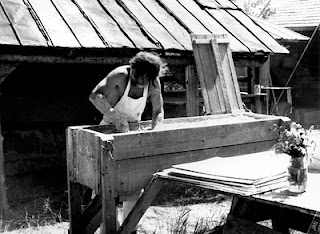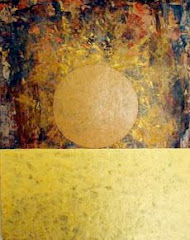For a lot of us today in the northeast, today is the day to make this bread.
New York Times
SNOW BREAD
Of all the breads I’ve made, snow bread really requires more feel than science. The nature of snow necessitates an artful approach. A cup of water is a cup of water, and a cup of snow is a cup of snow, but really, what kind of snow are we talking about? Is it old, new, dry, or is it wet? And how do we get the snow into a cup? Do we press and pack, or sift and blow?
From Scientific American 1879
Somebody thinks he has discovered that snow, when incorporated with dough, performs the same office as baking powder or yeast. "I have this morning for breakfast," says a writer in the English Mechanic, "partaken of a snow-raised bread cake, made last evening as follows: The cake when baked weighed about three quarters of a pound. A large tablespoonful of fine, dry, clean snow was intimately stirred with a spoon into the dry flour, and to this was added a tablespoonful of caraways and a little butter and salt. Then sufficient cold water was added to make the dough of the proper usual consistence (simply stirred with the spoon, not kneaded by the warm hands), and it was immediately put into a quick oven and baked three quarters of an hour. It turned out both light and palatable. The reason," adds the writer, "appears to be this: the light mass of interlaced snow crystals hold imprisoned a large quantity of condensed atmospheric air, which, when the snow is warmed by thawing very rapidly in the dough, expands enormously and acts the part of the carbonic acid gas in either baking powder or yeast. I take the precise action to be, then, not due in any way to the snow itself, but simply to the expansion of the fixed air lodged between the interstices of the snow crystals by application of heat. This theory, if carefully followed out, may perchance give a clew to a simple and perfectly innocuous method of raising bread and pastry." And stop the discussion as to whether alum in baking powders is deleterious to health or otherwise.
After I first heard about snow bread, I couldn’t wait to try it, but I didn’t have any guidelines and there wasn’t any snow. However, I was intrigued by the idea that I could use snow as a leavening agent.
Finally it snowed. Then, by chance, I was looking through a Girl Scout Manual and noticed a corn bread recipe made with snow. Going against my best judgment, I decided to follow the recipe. The recipe was so far off I’ll probably never look through the manual again. But in fairness I had to ask myself if the recipe really was off, or if my snow was a lot different than the snow the girl scouts used. I think the answer is yes to both questions.
I finally was able to make a satisfactory snow bread, and with real maple syrup poured over a slice we have something very American indeed. Make this bread with kids.
YIELD: 1 corn bread
INGREDIENTS:
1 cup cold, fresh cornmeal
1 cup white flour
1/2 teaspoon salt
6 cups (approximately) freshly packed, powdery snow
PROCEDURE
On a snowy day, into your cold bowl, add the flour and cornmeal that you have kept in the freezer. Stir in the salt.
Dash outside, stuff about 6 cups of ultra-clean snow into the bowl. Too much snow is better than not enough. Using a large spoon, thoroughly mix the ingredients with the snow. Work quickly. You are trying to suspend everything in the fresh snow, which replaces the leavening agent.
Oil an 8” iron skillet and dump the mixture into it. The snow and ingredients will probably come up high on the skillet sides, but by the time it all melts down and bakes, your corn bread may be very small indeed.
Bake in your wood-fired oven with high heat because everything needs to happen quickly. You may allow the fire to burn because the corn bread will be protected by the iron sides of the skillet. When it looks done, plunge a fork into the center. If it comes out clean, it’s done, No, I won’t even try to tell you how long to bake the bread for, but don’t over-bake the corn bread unless you want only the pigeons to appreciate it.






































